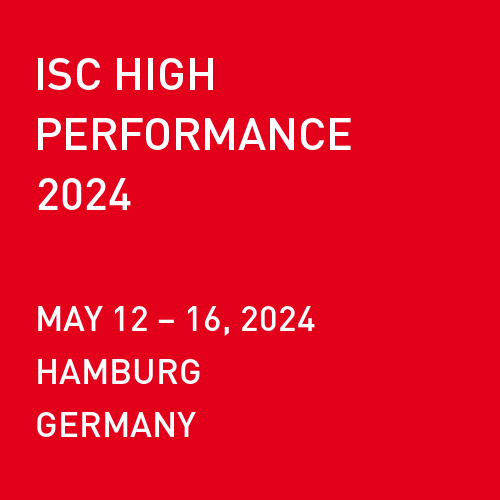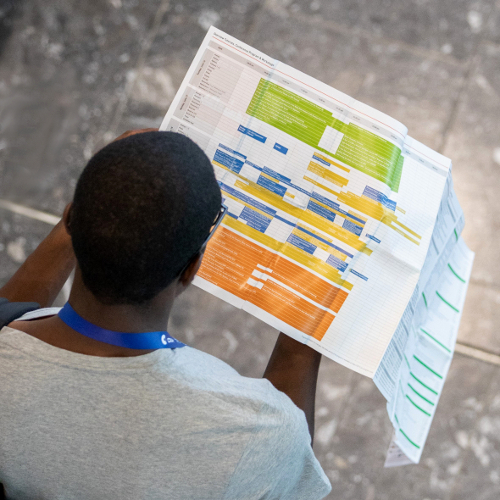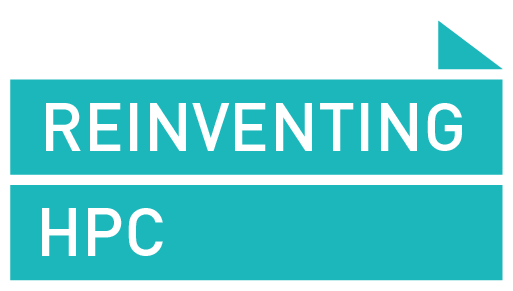Wednesday Keynote 2017
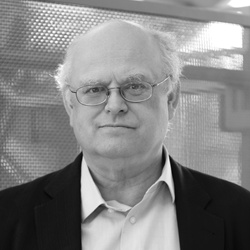
Prof. Dr. Thomas Sterling
Professor of Informatics & Computing, School of Informatics & Computing
Director, Center for Research in Extreme Scale Technologies (CREST)
Indiana University
HPC ACHIEVEMENT AND IMPACT - 2017
As is often stated in the field of supercomputing: “Five years from now has already happened.” That means of course that the ground work and direction for HPC systems to be deployed in five or fewer years has already been established due to the long lead times involved in the development of system hardware and software, as well as applications. Although many specifics of the detailed plans are yet to be finalized, it is possible to project at this time the likely structures and parallel semantics that will be exhibited by the first generation of exascale computers at the beginning of the next decade. The last year has seen substantial progress in planning for this follow-on to the next era of computing internationally. China, the leading nation on the Top-500 list, has announced its intention of achieving exaflops computation by 2020, the US has initiated the major Exascale Computing Project (ECP), the Japanese have put in place the Post-K project to immediately proceed and prepare for exascale, and the Europeans are heavily engaged in their own plans for this performance milestone. Even as the world HPC community is lining up to make 1 Exaflops a reality, the very nature of the computing workloads to be performed at that scale is rapidly shifting towards a sophisticated synergy of conventional numeric processing and advanced concepts in data analytics and machine learning. This emerging symbiosis of what had been entirely separate domains is creating a new paradigm for HPC-driven investigation with, as a byproduct, expanded regimes of significance into societal implications such as health and medicine, transportation and power infrastructure, agriculture, and meteorology, among other fields. Thus, HPC is rapidly permeating into vaster areas effecting humanity than the narrow esoteric fields of simulation science and engineering. Finally, even with the tightening focus on delivery of practical exascale computing at the beginning of the next decade, exploration in post-Moore’s Law technologies like quantum computing and neuromorphic architectures are gaining early advances and adherents as the challenges of possible new paradigms are anticipated. This keynote presentation, the 14th in the series, will deliver a rapid-fire summary of the major accomplishments of the last year and the challenges of the next defining the trajectory in supercomputing and its application in the immediate future. As always, audience questions and comments are welcome and appreciated.
____________________________________________________________________________________________________________
Prof. Dr. Thomas Sterling holds the position of Professor of Electrical Engineering at the Indiana University (IU) School of Informatics and Computing Department of Intelligent Systems Engineering (ISE) and serves as Director of the IU Center for Research in Extreme Scale Technologies (CREST). Since receiving his Ph.D from MIT in 1984 as a Hertz Fellow, Dr. Sterling has engaged in applied research in parallel computing system structures, semantics, and operation in industry, government labs, and academia. Dr. Sterling is best known as the "father of Beowulf" for his pioneering research in commodity/Linux cluster computing for which he shared the Gordon Bell Prize in 1997. He led the HTMT Project sponsored by multiple agencies to explore advanced technologies and their implication for high-end computer system architectures. Other research projects in which he contributed included the DARPA DIVA PIM architecture project with USC-ISI, the DARPA HPCS program sponsored Cray-led Cascade Petaflops architecture, and the Gilgamesh high-density computing project at NASA JPL. Sterling is currently involved in research associated with the innovative ParalleX execution model for extreme scale computing to establish the foundation principles guiding the development of future generation Exascale computing systems. ParalleX is currently the conceptual centerpiece of the XPRESS project as part of the DOE X-stack program and has been demonstrated via the proof-of-concept HPX-5 runtime system software. Dr. Sterling is the co-author of six books and holds six patents. He was the recipient of the 2013 Vanguard Award and is a Fellow of the AAAS.


